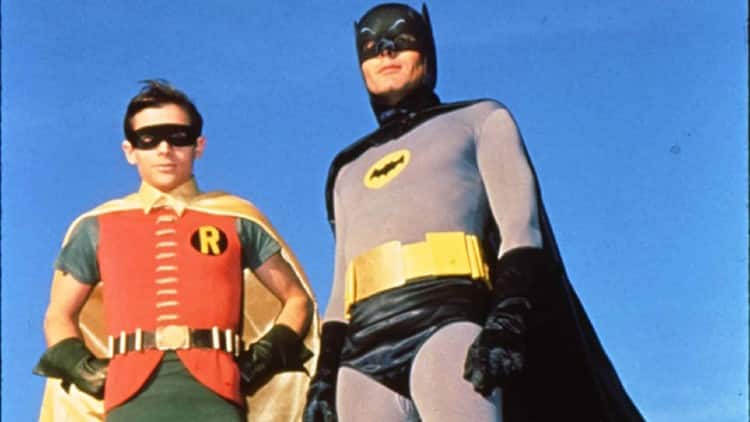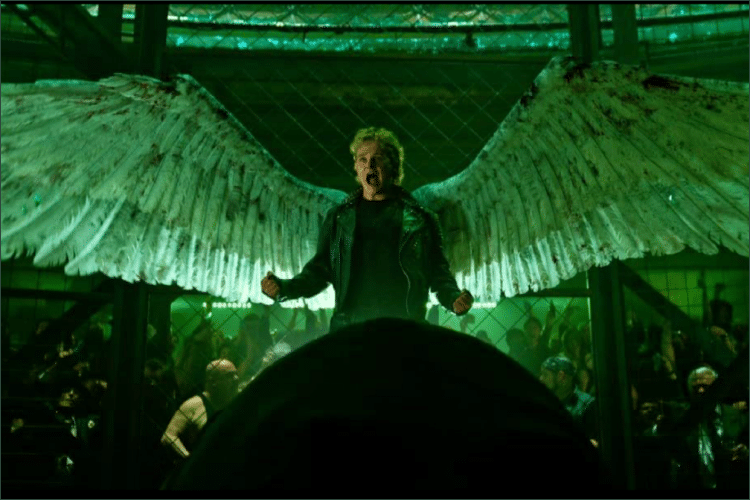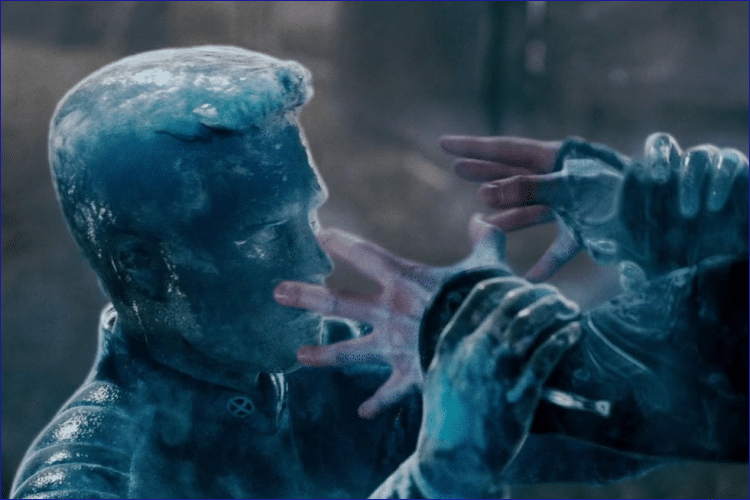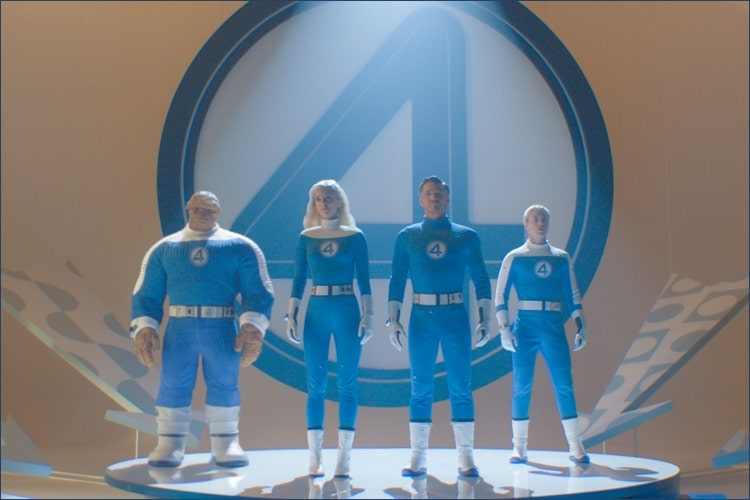A Dawning Age of Heroes marred by superhero censorship
Sir Nicholas Fury: [reading an inscription on the X-Men’s mansion] “Omnia mutantur nos et mutamur in illis.” All things change, and we are changing with them“
Marvel 1602
A young child walks up to a newspaper stand, deciding to get a magazine to read. As he debates whether to get a comic about The Shadow or Conan the Barbarian, he notices a new magazine emblazoned with an astonishing cover. It shows a man in an odd, colorful costume. A bright blue uniform contrasting with his red cape and boots and a funny looking symbol on his chest, resembling an S inside of a diamond.
But most amazing is that this strange man is somehow lifting a car over his head and smashing it into a boulder as onlookers flee in fear! The boy, intrigued by this outlandish scene, brings it to the cashier, all thoughts of Shadow and Conan forgotten. As he leaves, he’s already engrossed in the story of this amazing new legend, Superman.
Remembering your roots is important for everyone, including Average Joes or the Man of Steel. While it might seem odd that DC’s movies show grim and gritty versions of heroes and Marvel’s are light-hearted, both are true to their origins. Superhero history has a checkered past, including a long stint with superhero censorship. Because superhero history–our modern myths–have so many sources, understanding the various Ages of Comics help us understand today’s blockbuster movies.
Scene Select
The Dawn of Justice: The Golden Age of Comics before superhero censorship
Narrator: “There is a sickening snap as the Cossack’s neck breaks under the mighty pressure of the Batman’s foot.“
– Detective Comics #30
The first Superman story premiered in Action Comics #1, published in 1938. The new character was so popular that Action Comics was a hit even though Superman lacked many of the powers we know. Superhero stories gained popularity, overshadowing other genres like westerns and romance. Where people were once thrilled by adventurers like Doc Savage and Flash Gordon, they now clamored for heroes like The Flash, Green Lantern and Captain Marvel.
Modern readers know about these heroes, but their stories and actions might seem out of character today. For example, Superman’s abilities were attributed to Earth having lower gravity than Krypton, and he was a vigilante. Another vigilante, Batman, killed criminals but they often would accidentally kill themselves so that Batman’s hands stayed clean. Heroes fought common thugs, racketeers and saboteurs instead of supervillains. And writers gave every hero a young sidekick after the successful launch of Robin, the Boy Wonder, in 1940.
While various heroes would fight Nazis before America entered WWII, their presence became propaganda once America entered the war. Many issues featured irredeemable, monstrous Nazis and racist “Japs”, all portrayed exactly how you probably think. But views began shifting with peacetime and the oversaturation of superheroes that brought an end to The Golden Age of Comics.
Seduction of The Innocent: The Comics Code Authority and superhero censorship
“In every instance good shall triumph over evil and the criminal punished for his misdeeds.”
– Code Of The Comics Magazine Association Of America, Inc.
A dark chapter of superhero history loomed when psychiatrist Frederic Wertham published Seduction of the Innocent, a 1954 text that accused the comic industry of corrupting America’s youth. Wertham claimed that Batman and Robin were gay lovers, that Wonder Woman was a lesbian whose stories were filled with bondage subtext (which was true), and that Superman was an un-American fascist. Perhaps concerned over waning McCarthyism and Wertham’s outlandish claims, DC Comics and Archie Comics led the industry into creating its own watchdog group, the Comics Code Authority.
The CCA created a code that, among other things, prohibited publishers from stories featuring moral ambiguity, sexuality, or narcotics. All stories became morality plays and were required to have happy endings where good prevailed and evil was punished.
Vampires, werewolves, zombies and other monsters were prohibited from appearing in comics, gutting the companies of horror comics publishers. DC and Archie Comics used the CCA as a competitive weapon such as when EC Comics was not allowed to reprint their famous sci-fi story “Judgement Day” until they threatened legal action.
The CCA’s power diminished when the then-U.S. Department of Health, Education, and Welfare (HEW) asked comics legend Stan Lee to write a Spider-Man comic that negatively portrayed drug use. Lee wrote a story about Spider-Man’s friend Harry Osborn overdosing on pills and nearly dying, which Marvel published to critical acclaim.
The CCA attempted to save face and loosen its restrictions, but the damage was done. An increasing number of publishers bucked the CCA’s authority until only founders DC and Archie remained. The CCA’s influence dwindled until the group disbanded in 2011.
Stay tuned for Part Two of Comics Through the Ages

Jared Bounacos has written for Movie Rewind since 2016.





Leave a Reply